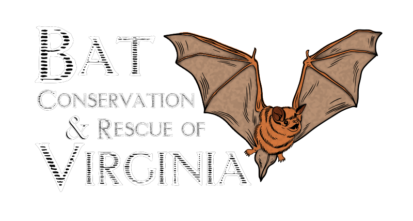Hi everyone! I hope you all had a good week. I had another restful one. I just love being able to sleep and relax during the summer.
I read an article about bats in Wyoming. It was a sad article because it was about White Nose Syndrome, but the information in it was very important and I thought it should be shared.
Many bat species that used to thrive are now listed as federally threatened. Our very own little Lucy, the Little Brown bat, which used to be the most common bat species in the United States, is facing a 90-95% mortality because of White Nose Syndrome. The Northern long-eared bat is threatened, and the Tricolored bat is about to be listed as endangered. And, if that wasn’t sad enough, the fungus that causes White Nose Syndrome was found on a bat in Wyoming earlier this year. Once a bat is found to be carrying the fungus, it takes two to three years for White Nose Syndrome to appear and wipe out entire colonies. And, since colonies in the west are much smaller than the ones in the east, the bats in an infected colony have an even smaller chance of survival.
When a bat becomes infected with the fungus that causes White Nose Syndrome, they become agitated. The fungus makes them itch, which wakes them from their hibernation slumber. This eats up the fat reserves that the bats had stored up when it was warmer out and there were lots of bugs flying around. Usually when a bat is hibernating, it only wakes up a few times. It flies to a new place in the cave, or it licks dew drops that have collected on its fur and goes back to sleep. If the bat has White Nose Syndrome, it wakes up more often. Sadly, the bat eventually dies of dehydration and starvation. [For an in depth explanation of WNS, please see this link.--Ed.]
There is some good news though! Researchers have been working very hard and have come up with two possible ways of helping the bats. One is an oral vaccine. This would be difficult because the vaccine needs to be given to each and every bat individually. With all the little animals flying around in the dark, that would be a very difficult job. Another option is to expose the bats to ultraviolet light while they are roosting. Problems here are that researchers don’t know where all of the bats roost, and the light would also kill other fungi that are critical to the environment. While both these cures have problems, they do show promise in helping bats survive. Hopefully scientists will be able to find a way to make one, or both, of these cures a little more practical.
If you would like to read more, you can do so here.
